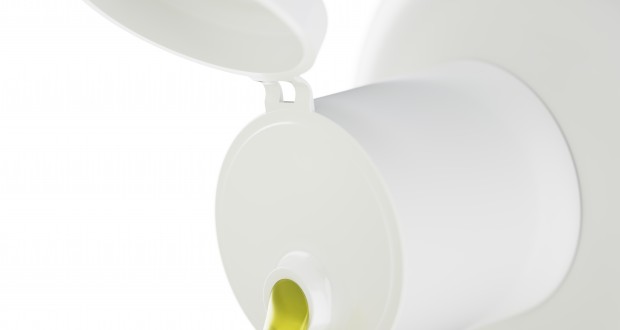By: Red Hot Mamas
Published: March 10, 2016
Contributed by Dr. Barb DePree- Red Hot Mamas Medical Expert
When it comes to sex, friction is bad; lubrication is good. Nicely lubricated surfaces not only protect delicate vaginal tissue, but revitalize the sexual experience.
That’s why I talk a lot about personal lubricants, both in my menopause care practice and at MiddlesexMD. Sexual lubricant is part of a regimen of vaginal health that is meant to keep vaginal tissues moist and sex pleasurable. Here are six tips to help you out:
1. Use one! This is general good advice for young and old(er). It will revitalize your sex life and help to keep it pain-free. It is the simplest step any woman can take to keep intimacy comfortable as hormone levels change.
2. Experiment. What do you like? Thick or slick? Warm or cool? Tasty or-not? Lube choice is as personal as eye color. And there is no shortage to choose from. Sexual lubricants are available in every conceivable permutation of flavor, color, and promise of ecstasy. We offer a sampler kit at MiddlesexMD, so we’ve seen confirmation of individual preference in the choices women make: There is no single favorite! If you’ve tried one and didn’t like it, try another!
Here are the main categories:
Water-based lubes are thick and easy to wash off, but they don’t last as long as silicone-based or hybrid lubes. They are safe for use with silicone vibrators and sex toys.
Silicone-based lubricants are slippery and long-lasting. They don’t dissolve in water, so they’re good for sex play in the hot tub or shower. They do coat the vagina, however, so you may need a good, soapy clean-up. Silicone lubes may also stain clothes and bed linens. And you can’t use a silicone lube with a silicone-surfaced toy or vibrator. This includes the E-string vaginal ring, which delivers hormones to the vagina and is partly made of silicone.
Hybrid lubricants are the newest kid on the lubrication scene. They’re mostly water with a bit of silicone, so the texture is both thick and slick. Hybrids last longer than water-based lubes, tend not to stain, and wash off more easily. You can use them with silicone toys.
3. Vet your lube. Your hardworking vagina deserves nothing but the best. Not only that, vaginal tissue is very absorbent, so those substances end up directly in your bloodstream.
Check the ingredients in any lube you’re about to buy. Avoid products with parabens and any compound ending with -paraben (this is a preservative that acts like estrogen in your system) and polypropylene glycol (a thickener with some unpleasant side-effects). If you’re among the women prone to yeast infections, you may want to avoid glycerin. Check out fragrances; when they’re safe and natural, they can enhance your experience, but they’re not necessary, so not worth a chemical risk.
Bottom line: Your lube should be as natural as possible.
4. Keep it healthy. Vaginal tissue becomes more delicate as we age. Plus, it has a specific pH balance to inhibit yeast and other infections. You can disrupt that balance or introduce harmful bacteria by using saliva, oil, petroleum jelly, body massage oils, or anything not specifically formulated for the vagina.
5. Keep it handy. What good is a lube if it’s stored in the bathroom down the hall? Keep your lube (better yet-a couple varieties, depending on the vibe that night) beside the bed. Carry sachets in your purse because-you never know.
6. Make it sexy. Lubes are all about fun and comfort, so don’t be stingy. Use it on him for some slick hand work or in the condom or on the condom, if you use them. (And you do use them when you’re not absolutely certain you and your partner is STI-free, right?) Lube your breasts and slide them over his body. Aren’t the options enticing?
You’ve got your lube, now get creative.
Dr. Barb DePree gynecologist, NAMS certified menopausal provider and founder of the website MiddlesexMD, a website for promoting women’s sexual health.
 Red Hot Mamas In Charge of Change.
Red Hot Mamas In Charge of Change.




